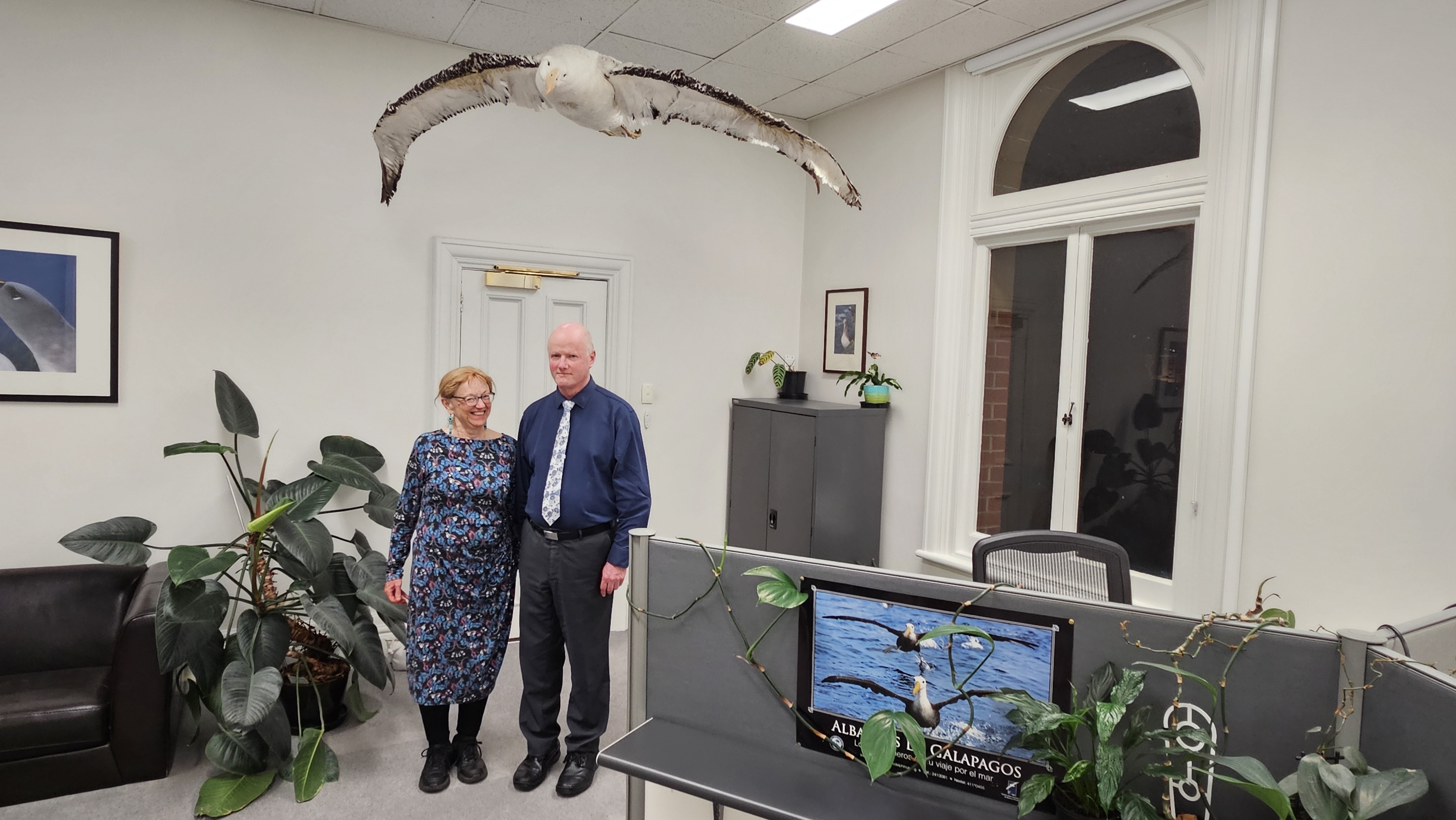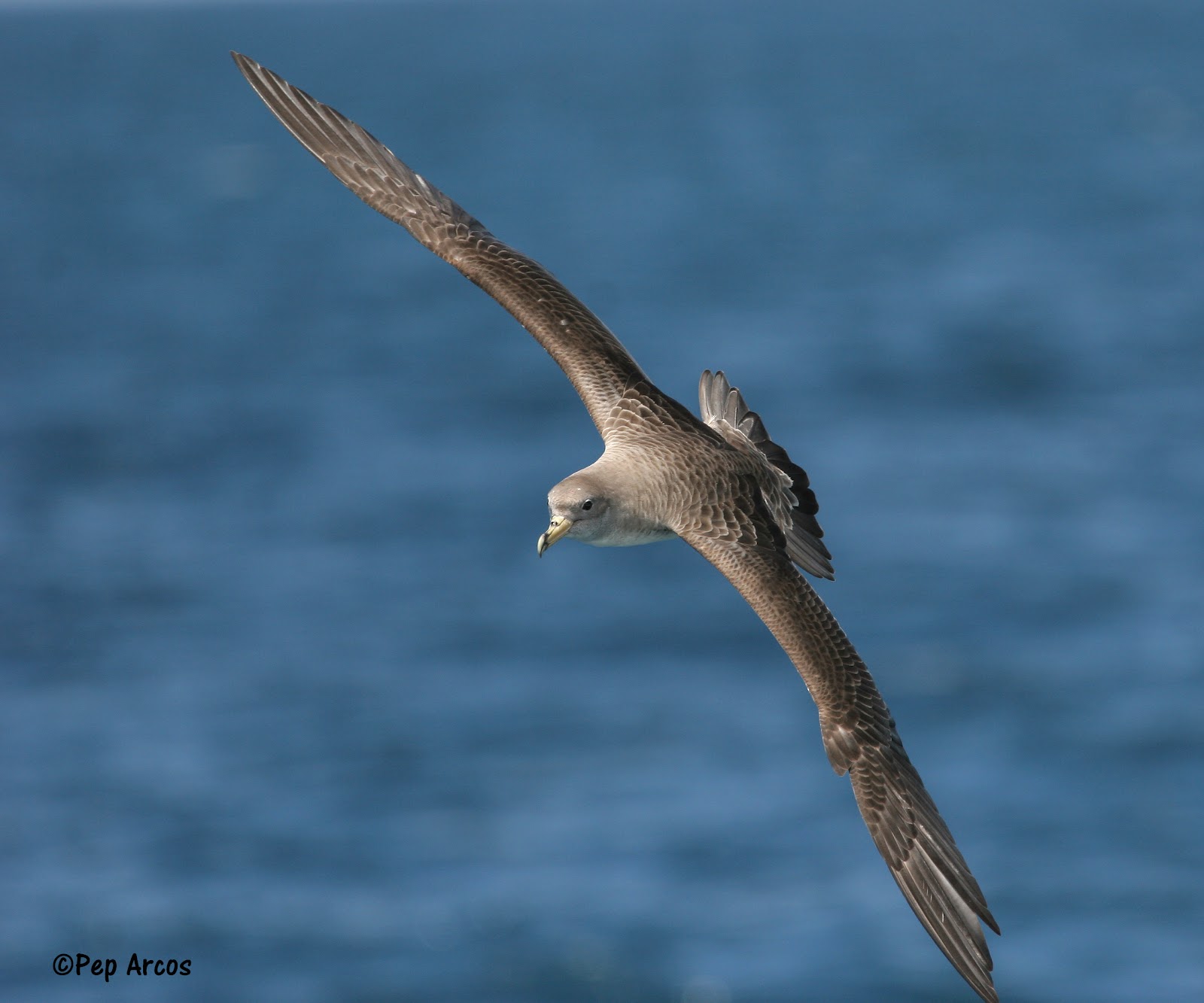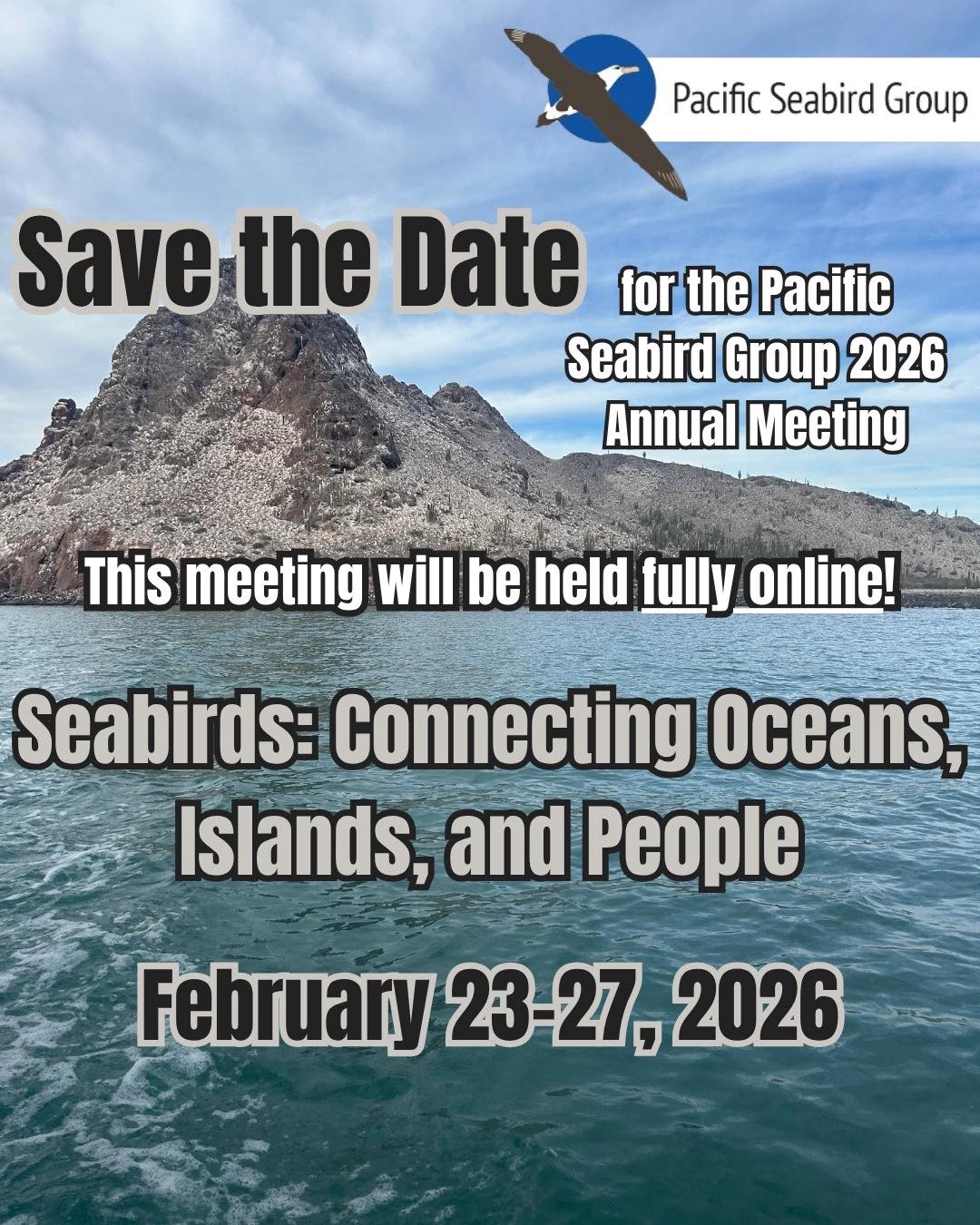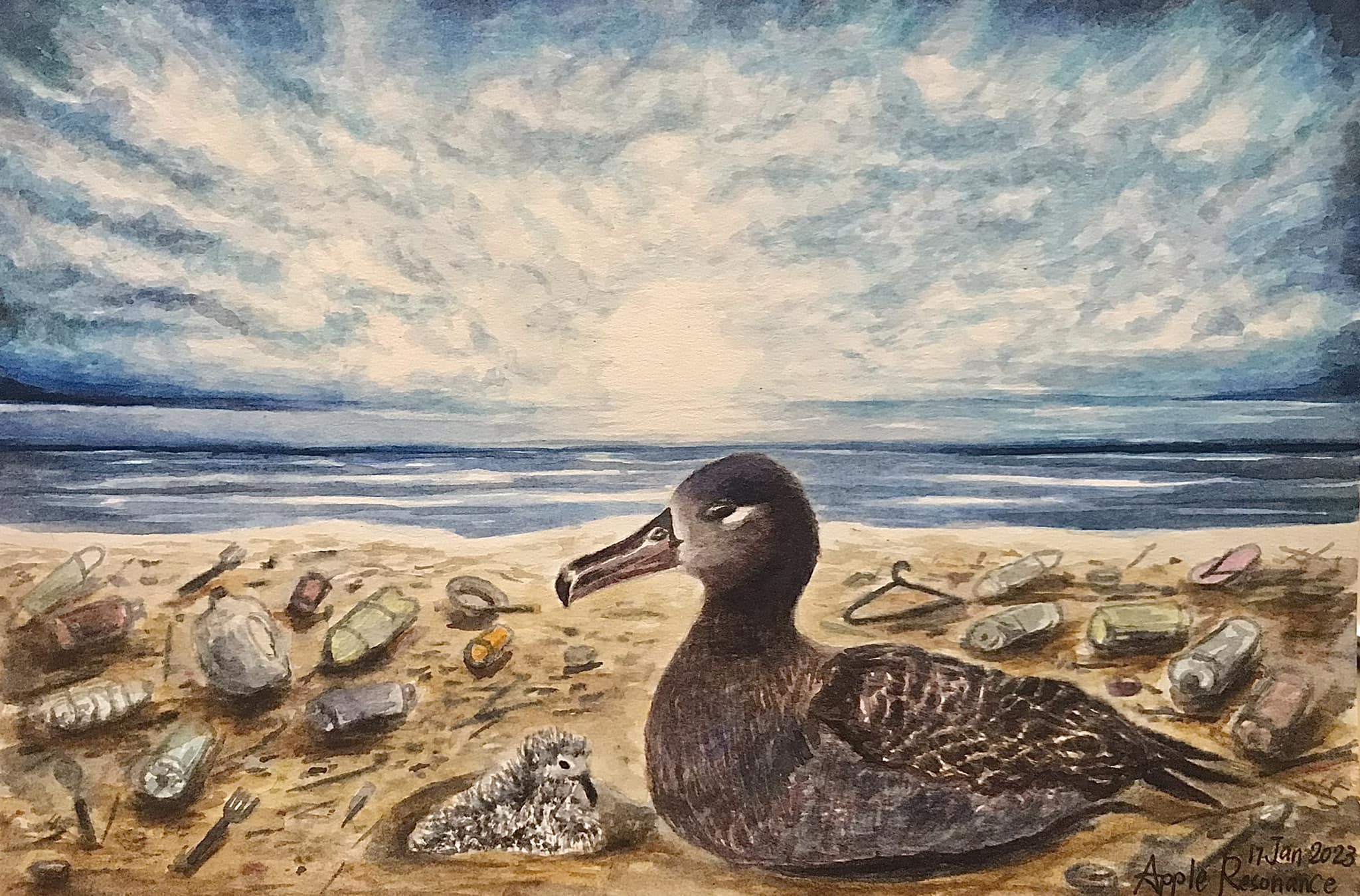 Christine Bogle and Jonathon Barrington, third and fourth Executive Secretaries, in ACAP's offices in Hobart, Tasmania at a farewell function, 02 July 2025, photograph by Thomas Bogle
Christine Bogle and Jonathon Barrington, third and fourth Executive Secretaries, in ACAP's offices in Hobart, Tasmania at a farewell function, 02 July 2025, photograph by Thomas Bogle
On 1 July, Jonathon Barrington took over the role of ACAP Executive Secretary from Christine Bogle, the third person to hold the position. Jonathon, the fourth Executive Secretary, is a Tasmanian resident well known to ACAP as Australia’s Representative to sessions of the Meeting of the Parties and meetings of the Advisory Committee over many years. Prior to moving to ACAP, he was a Senior Policy Adviser working in the field of seabird conservation at the Australian Antarctic Division, which he had joined in 2004. Jonathon is a graduate of the University of Western Australia, University of Tasmania and Australian National University with qualifications in science, fisheries, business and law.
“I am delighted to be selected to this important position and am very much looking forward to working with and for the ACAP Parties over the coming triennium in implementing the strategies, programmes and initiatives agreed to at the recent Eighth Session of the Meeting of the Parties,” said Jonathon Barrington on commencing work at the ACAP Secretariat.
On her departure from ACAP, Christine has written to the ACAP community:
“It has been a wonderful experience to work with you all over the past six and a half years. It is heart-warming that we are all dedicated to the same worthy cause – the conservation of albatrosses and petrels.”
She continues:
“Travelling the world and working in three languages has been a welcome bonus (and please forgive me for many language errors). I am sure I will continue my peripatetic existence (I shall be staying in Hobart until October, and then returning to Wellington, New Zealand, but I won’t be stopping my international travel, with a visit to South America and Antarctica planned for November). I hope that I will meet up with some of you again, someday, somewhere. Wishing you all the best for future endeavours.”
The ACAP community in turn offers its thanks and best wishes to Christine and welcomes Jonathon to his new role as the ACAP Executive Secretary.
John Cooper, Emeritus Information Officer, Agreement on the Conservation of Albatrosses and Petrels, 04 July 2025

 English
English  Français
Français  Español
Español 

 “Illuminate Our Destiny”, this Black-footed Albatross breeding close to a Hawaiian shore is at risk to storm surges and sea level rise, by Apple Resonance of Artists & Biologists Unite for Nature (
“Illuminate Our Destiny”, this Black-footed Albatross breeding close to a Hawaiian shore is at risk to storm surges and sea level rise, by Apple Resonance of Artists & Biologists Unite for Nature (